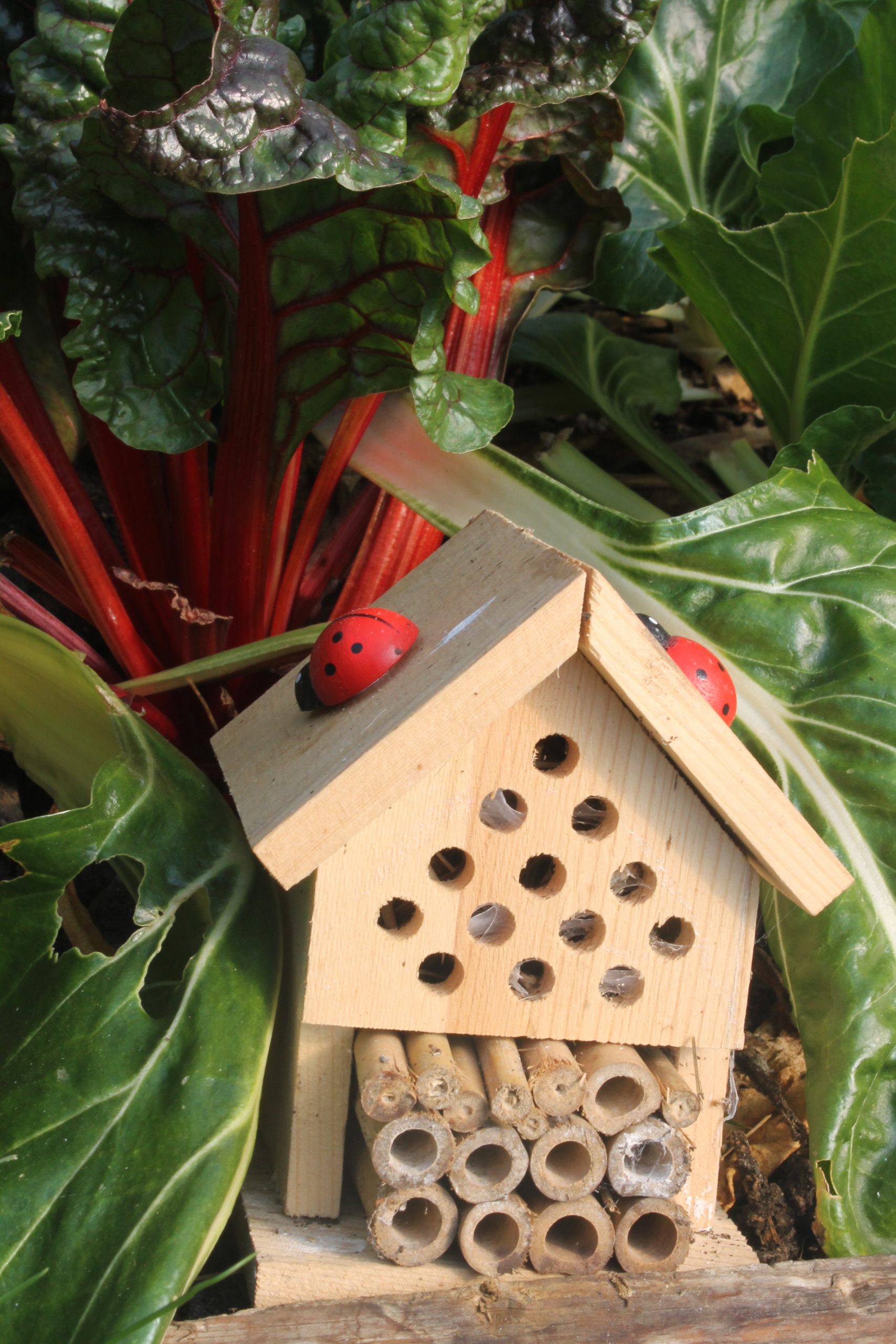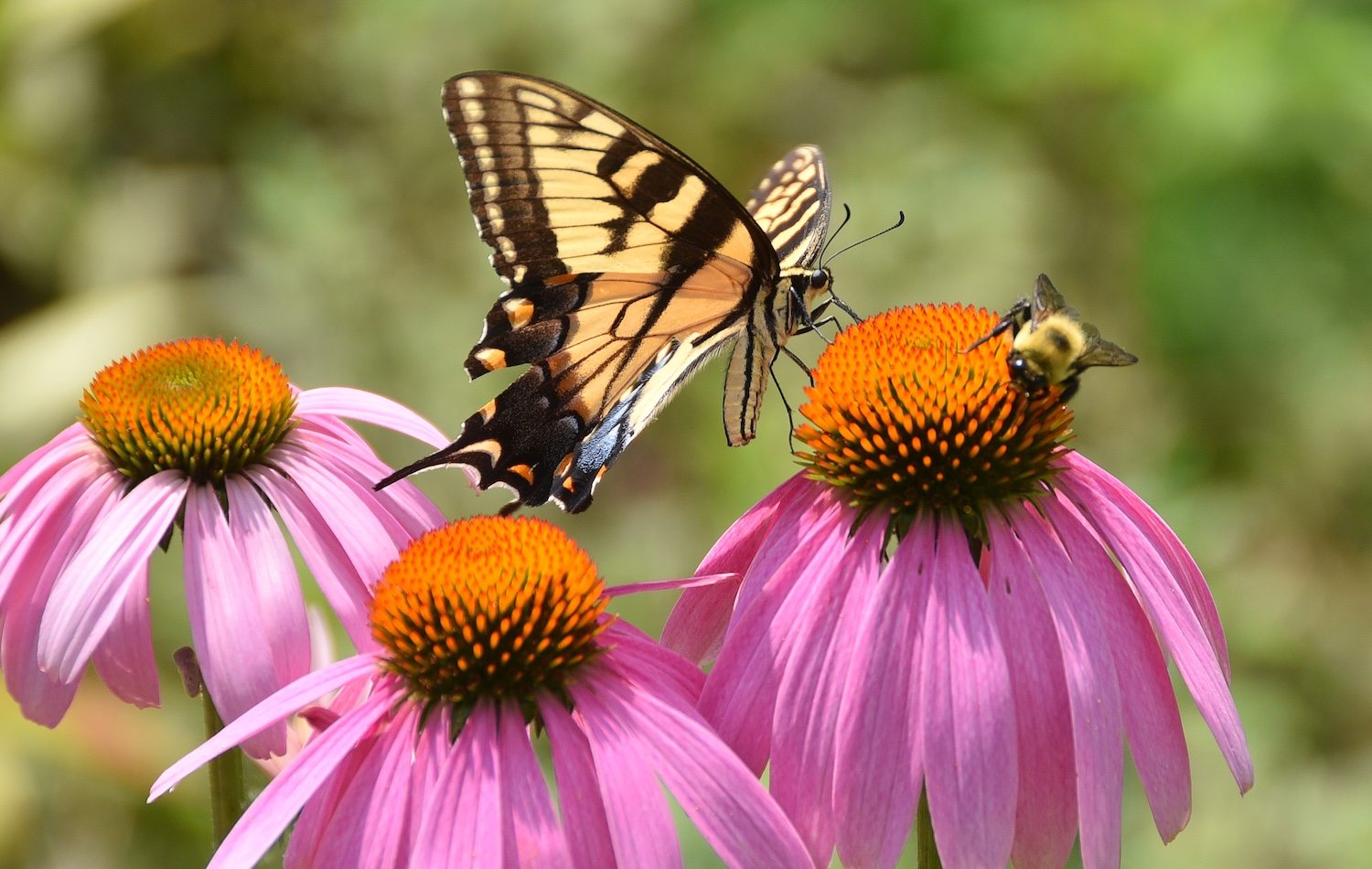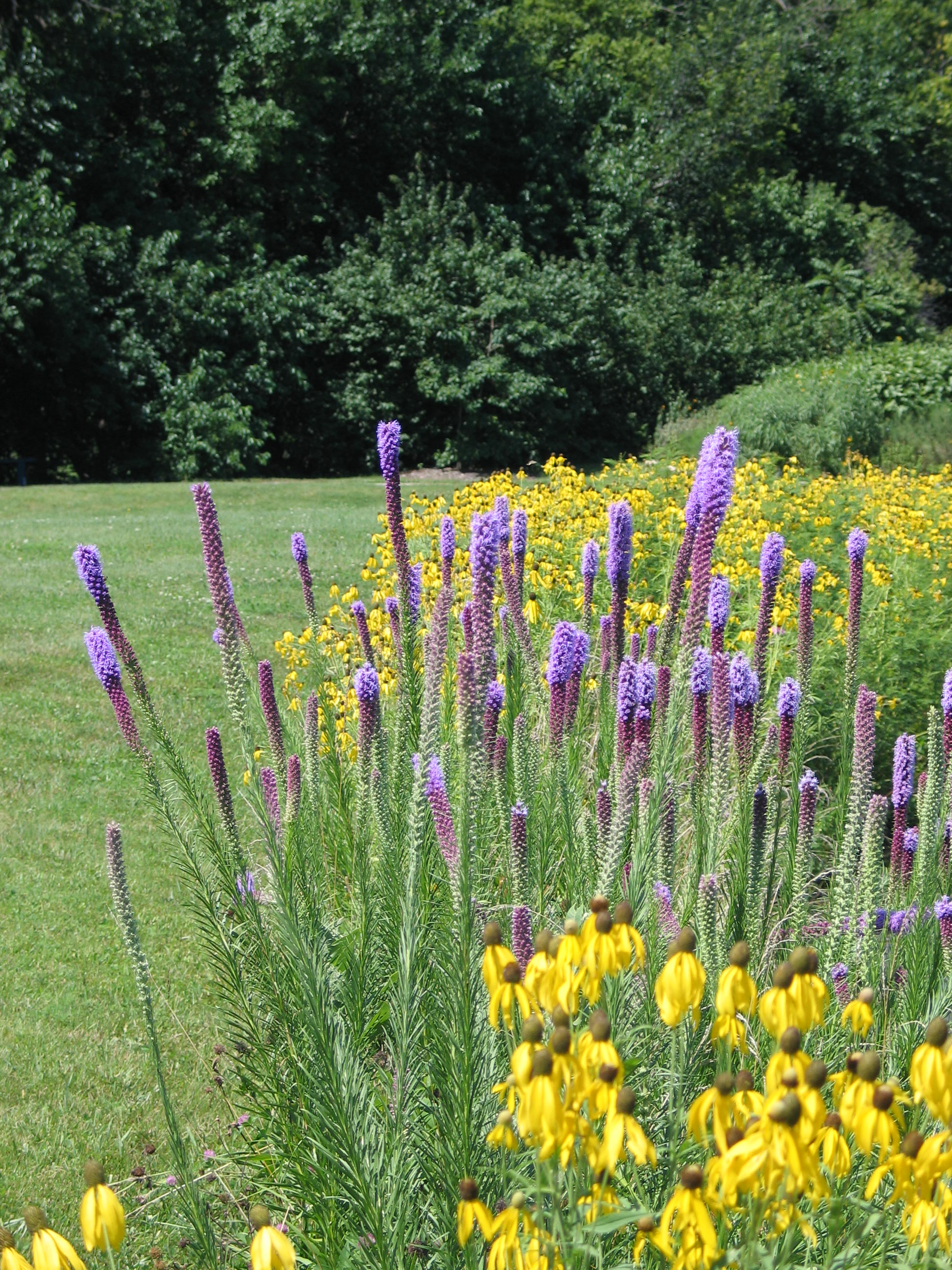How to Create a Garden for Attracting Beneficial Insects

Imagine a garden buzzing with life—a vibrant ecosystem where butterflies flutter, bees hum, and ladybugs patrol. This isn't just a dream; it's a reality you can create. By designing a garden that attracts beneficial insects, you're not only inviting beauty but also fostering an ecological balance that supports pollination and natural pest control. Let's dive into the world of beneficial insects and explore how to create a garden that welcomes them with open petals.
Understanding Beneficial Insects
Beneficial insects play a crucial role in maintaining the health of your garden. They include pollinators like bees and butterflies, which help plants reproduce, and predators like ladybugs and lacewings, which control pests naturally. By attracting these helpful creatures, you're creating a self-sustaining ecosystem that reduces the need for chemical pesticides and promotes biodiversity.
Choosing the Right Plants
Native Plants: The Foundation of Your Garden
Native plants are the cornerstone of a garden designed to attract beneficial insects. These plants have evolved alongside local insects, providing them with the food and shelter they need. By incorporating native species, you're supporting the local ecology and creating a habitat that thrives naturally.
Examples of Native Plants
- Milkweed: Essential for monarch butterflies.
- Coneflowers: Attract a variety of pollinators.
- Asters: Provide late-season nectar for bees and butterflies.
Diversity is Key
A diverse garden is a healthy garden. Different insects have different preferences, so a mix of plants ensures that there's something for everyone. Consider including a variety of flower shapes, sizes, and colors to cater to the diverse needs of beneficial insects.
Creating a Welcoming Habitat
Providing Shelter
Insects need places to rest, hide, and overwinter. Incorporating elements like rock piles, dead wood, and leaf litter can provide the shelter they need. Additionally, planting dense shrubs and tall grasses can offer protection from predators and harsh weather conditions.
Water Sources
Just like humans, insects need water to survive. A shallow birdbath or a small pond can serve as a vital water source. Ensure the water is shallow and has a gentle slope to prevent insects from drowning.
Maintaining Ecological Balance
Natural Pest Control
Beneficial insects are nature's pest control. By attracting predators like ladybugs, lacewings, and parasitic wasps, you're creating a natural defense against garden pests. These insects feed on aphids, caterpillars, and other destructive pests, keeping your garden healthy without the need for harmful chemicals.
Avoiding Pesticides
Chemical pesticides can be detrimental to beneficial insects. They often kill indiscriminately, harming both pests and their natural predators. Opt for organic methods of pest control, such as using insecticidal soaps or introducing beneficial nematodes.
Practical Tips for Garden Design
Planting in Layers
Creating a multi-layered garden mimics natural habitats and provides a variety of microclimates for different insects. Plant tall trees and shrubs for vertical structure, and incorporate ground covers and low-growing plants for diversity.
Grouping Plants
Planting in clusters or groups can make it easier for pollinators to find and utilize your garden. Large patches of the same plant species can attract more insects than scattered individual plants.
Incorporating Herbs and Vegetables
Many herbs and vegetables are excellent sources of nectar and pollen. Plants like dill, fennel, and parsley attract beneficial insects, while also providing you with fresh produce.
Conclusion
Creating a garden for attracting beneficial insects is more than just a hobby; it's an investment in the health and beauty of your outdoor space. By choosing the right plants, providing shelter and water, and maintaining ecological balance, you're fostering a thriving ecosystem that supports pollination and natural pest control. So, why not transform your garden into a haven for beneficial insects? The rewards are endless—from the joy of watching butterflies dance among the flowers to the satisfaction of knowing you're playing a part in preserving our planet's biodiversity.
FAQs
What are some common beneficial insects? Common beneficial insects include bees, butterflies, ladybugs, lacewings, and parasitic wasps.
How do native plants benefit my garden? Native plants are adapted to local conditions and provide essential food and shelter for local insects, supporting the local ecology.
Why is it important to avoid pesticides? Pesticides can harm beneficial insects as well as pests, disrupting the natural balance of your garden.
What are some good water sources for insects? Shallow birdbaths, small ponds, or even a dish of water with pebbles can provide a safe water source for insects.
How can I encourage pollinators to visit my garden? Plant a variety of native flowers, group plants in clusters, and provide water and shelter to attract pollinators.


By following these guidelines, you can create a garden that not only looks beautiful but also supports the delicate balance of nature. Happy gardening!
0 Response to "How to Create a Garden for Attracting Beneficial Insects"
Post a Comment